By pinoydental
Imagine walking into a dental clinic where the first person to greet you isn’t human—but a digital assistant that already knows your dental history, anticipates your needs, and helps your dentist make more accurate decisions. This isn’t science fiction—it’s artificial intelligence (AI) in dentistry, and it’s reshaping how we diagnose, treat, and prevent oral diseases.
Over the past decade, a surge of studies has documented how AI is making dental care smarter, faster, and more accessible. A recent systematic review of over 70 peer-reviewed articles reveals that AI applications span across nearly every dental specialty—from diagnosis and treatment planning to robotic surgery and virtual training environments.
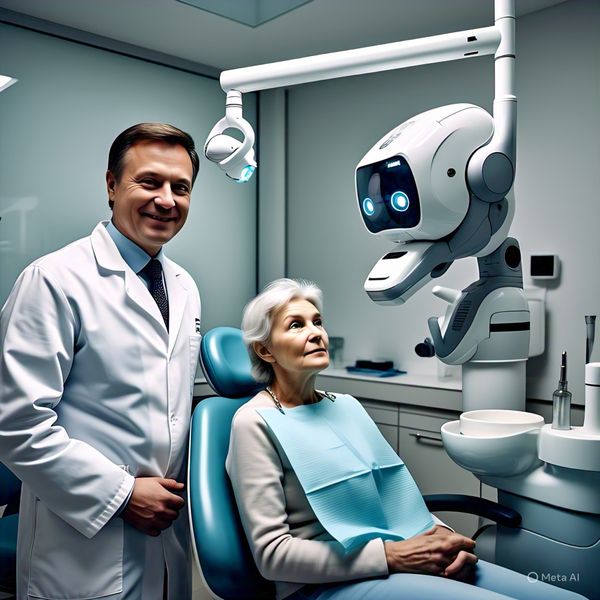
The Rise of the Dental AI Revolution
AI’s biggest impact? Diagnostics. Algorithms based on machine learning can now detect cavities, bone loss, or even oral cancers on radiographs with accuracy rivaling that of seasoned dentists (Schwendicke et al., 2020). These tools reduce diagnostic errors and enable earlier intervention, especially in underserved areas where specialist dentists may be scarce.
In orthodontics, AI-powered systems can analyze facial scans and intraoral images to generate automated treatment plans. Companies like Invisalign have already adopted such technology, streamlining workflows and improving outcomes (Joda et al., 2019). Meanwhile, in prosthodontics and implantology, AI assists in planning precise implant placements using 3D cone-beam computed tomography (CBCT) data (Wang et al., 2021).
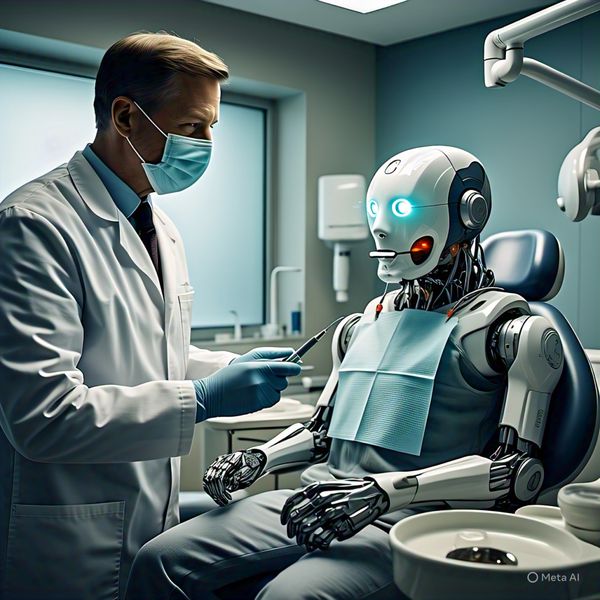
Virtual Dentists and Robotic Patients
AI is also revolutionizing dental education. Several universities now use virtual robotic dental patients that simulate human responses, providing students with a safe environment to practice complex procedures and diagnosis without risking real patients. These AI-driven simulators can mimic bleeding, pain responses, and even medical emergencies (Saghiri et al., 2021).
In robotic surgery, AI-controlled dental robots are gaining traction in performing minimally invasive procedures, such as implant placements, with micrometer-level accuracy (Li et al., 2020). Though still in early stages, these innovations could soon reduce human error and enhance patient safety in real-world clinics.
Personalized Care and Predictive Analytics
Beyond treatment, AI is making dentistry more proactive. Predictive algorithms assess patient risk for periodontal disease or caries by analyzing behavioral, genetic, and clinical data (Cheng et al., 2022). This leads to personalized prevention strategies tailored to each individual’s risk profile—a far cry from the one-size-fits-all model of the past.
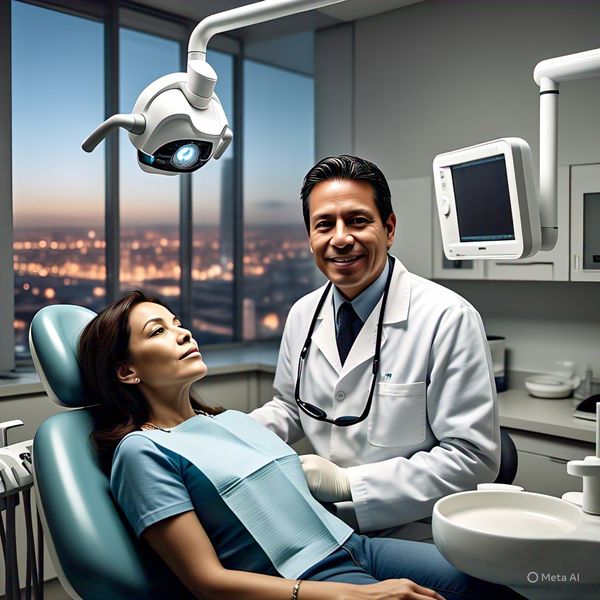
Chatbots and virtual health assistants powered by natural language processing are also being used to educate patients, improve appointment adherence, and even offer 24/7 dental triage (Lalloo et al., 2022).
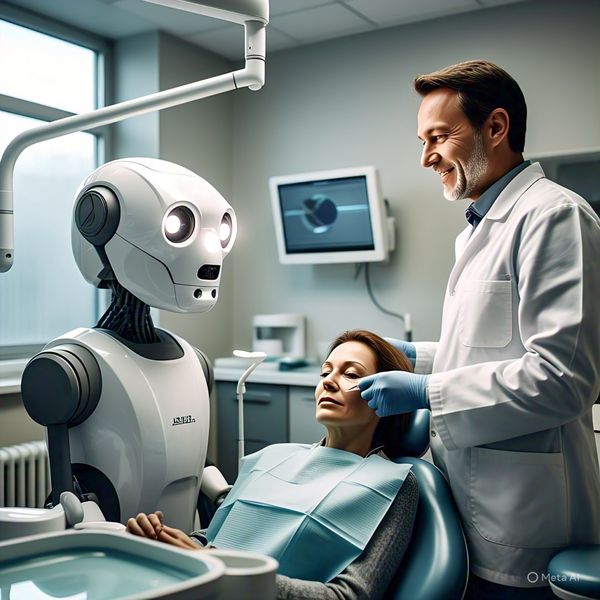
Challenges and Ethical Questions
Despite the excitement, integrating AI into clinical practice isn’t without challenges. Data privacy, algorithm bias, and the lack of regulatory frameworks remain major concerns. Many AI models are trained on datasets from specific populations, raising questions about their generalizability (Mertens et al., 2022).
Dentists also worry that overreliance on AI might deskill the profession. However, experts argue that AI should augment—not replace—human expertise. “Think of AI as a second pair of eyes,” says Dr. Florian Schwendicke, a leading researcher in dental AI. “It supports clinicians, but final decisions still rest with the dentist.”

Looking Ahead
The future of AI in dentistry is undeniably bright. As data grows and algorithms evolve, expect smarter diagnostic tools, more immersive virtual training, and highly personalized patient care. In short: better dentistry, for everyone.
References (APA Format):
- Cheng, L., Zhang, L., Yang, M., & Deng, Y. (2022). Artificial intelligence in caries prediction and prevention: A systematic review. Journal of Dentistry, 121, 104101. https://doi.org/10.1016/j.jdent.2022.104101
- Joda, T., Matthisson, L., Zitzmann, N. U., & Gallucci, G. O. (2019). Patient-centered structured assessment of treatment with digital workflows in implant dentistry. Clinical Oral Implants Research, 30(6), 511–519. https://doi.org/10.1111/clr.13434
- Lalloo, R., Wood, N., & Shafiei, M. (2022). Dental AI chatbots: Bridging communication gaps in oral healthcare. BDJ Team, 9, 14–17. https://doi.org/10.1038/s41407-022-0708-z
- Li, J., Zhao, Y., & Wang, Y. (2020). Autonomous dental implant surgery robot: Development and preliminary evaluation. International Journal of Medical Robotics and Computer Assisted Surgery, 16(6), e2122. https://doi.org/10.1002/rcs.2122
- Mertens, A., Brandl, C., Miron-Shatz, T., & Schwendicke, F. (2022). Ethical implications of AI in dentistry: A scoping review. Journal of Dental Research, 101(3), 261–268. https://doi.org/10.1177/00220345211054630
- Saghiri, M. A., Asatourian, A., & Garcia-Godoy, F. (2021). The use of virtual reality and artificial intelligence in dental education. Journal of Dental Education, 85(12), 1880–1890. https://doi.org/10.1002/jdd.12725
- Schwendicke, F., Samek, W., & Krois, J. (2020). Artificial intelligence in dentistry: Chances and challenges. Journal of Dental Research, 99(7), 769–774. https://doi.org/10.1177/0022034520915714
- Wang, Y., He, J., & Huang, Y. (2021). Deep learning in dental implantology: A systematic review. Clinical Oral Implants Research, 32(6), 681–690. https://doi.org/10.1111/clr.13746

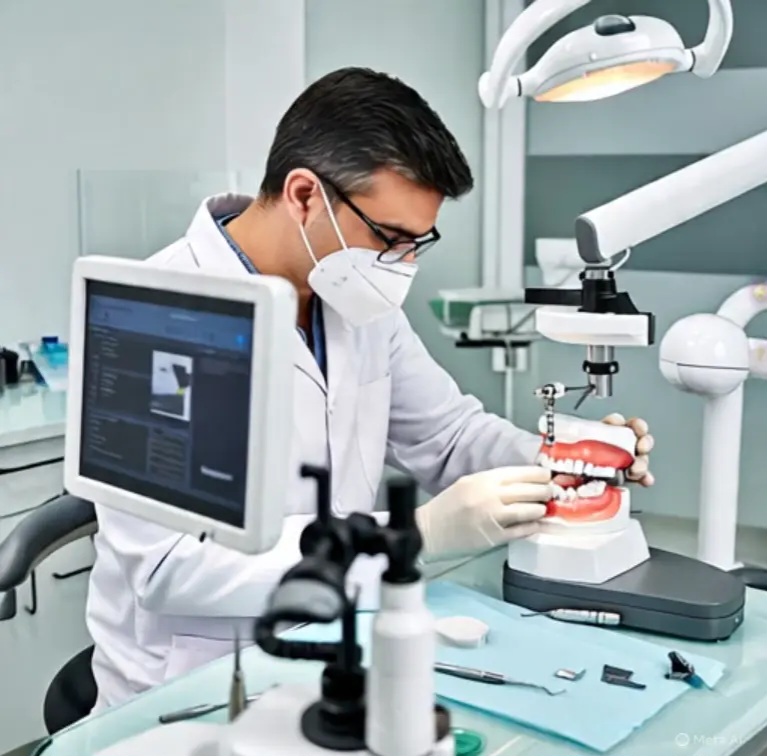

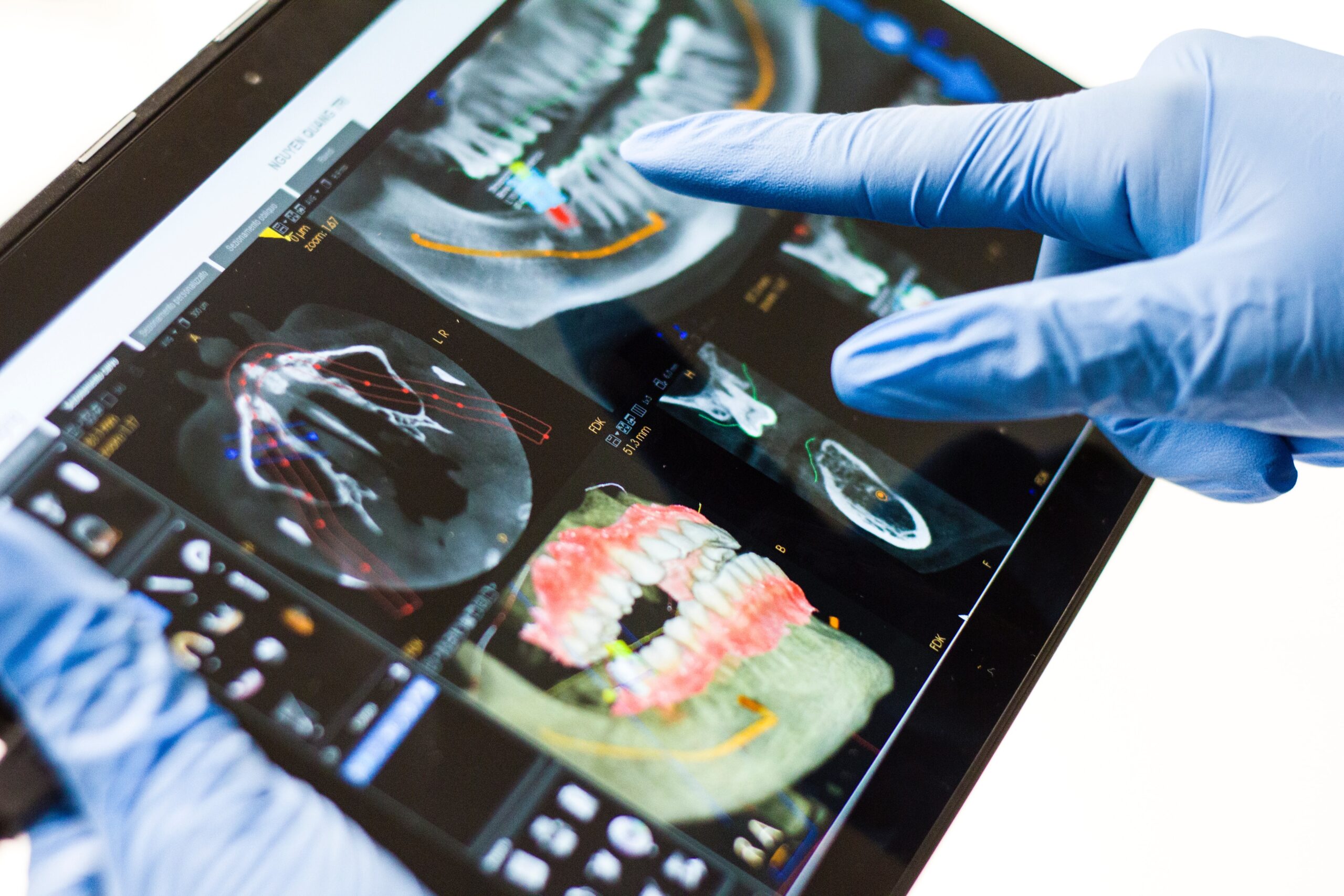
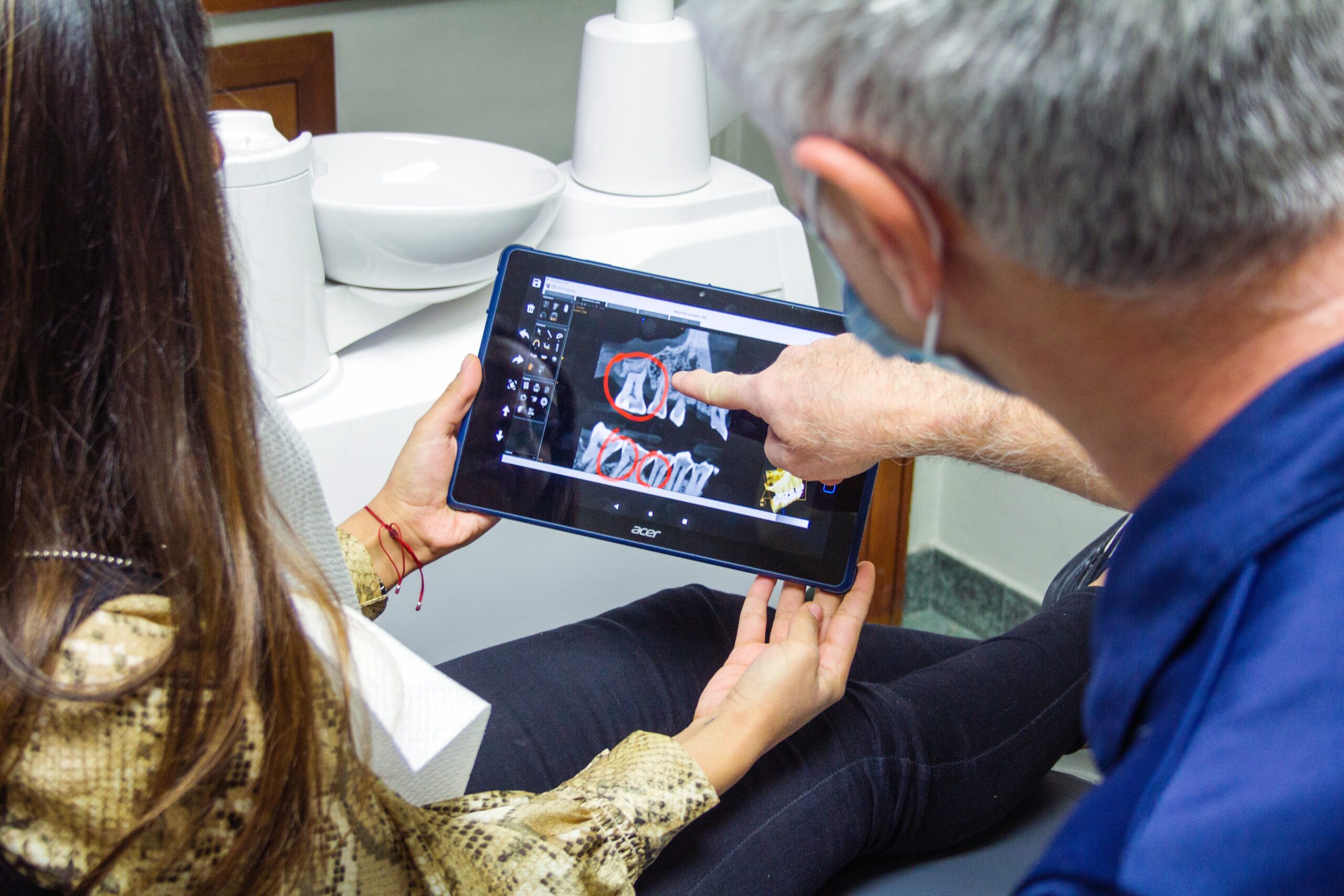
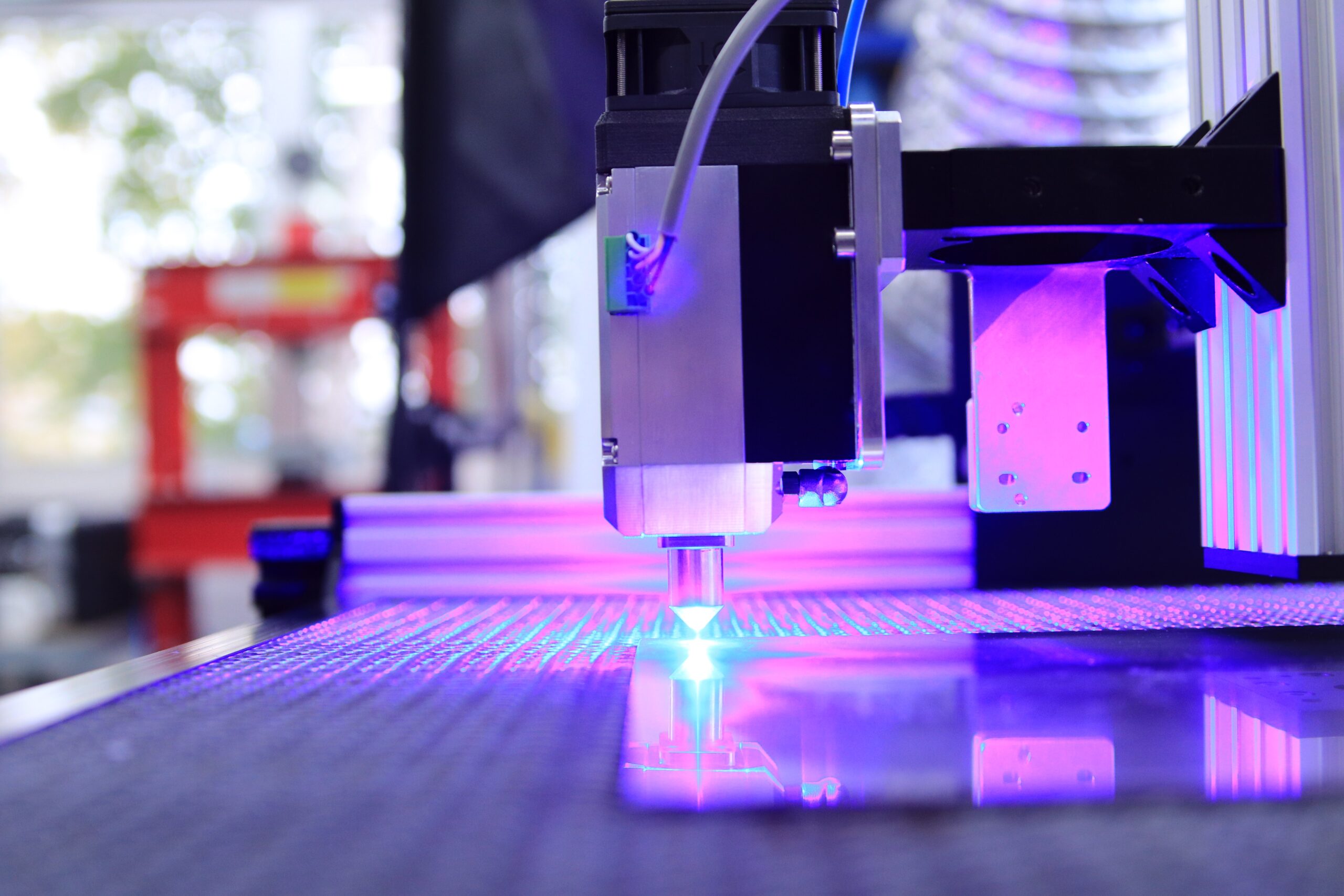





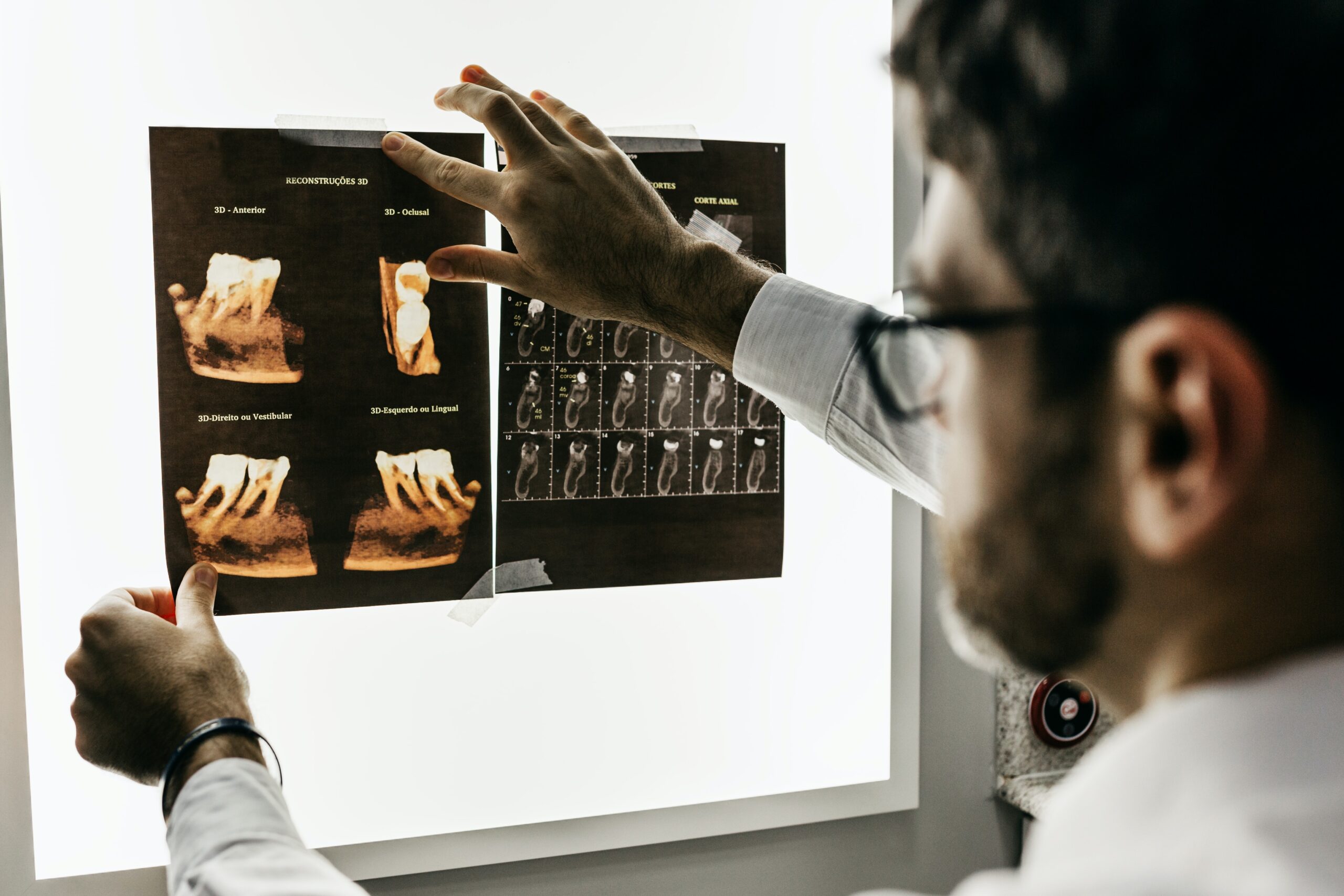
Leave a Reply